Introduction
Customization, a comprehensive approach that goes beyond superficial changes, has emerged as a beacon of individuality and customer-centric innovation in a world that often favors a one-size-fits-all model. From tailored responses to customer requests in the SaaS industry to personalized experiences in the hospitality sector, customization plays a pivotal role in exceeding customer expectations. It has even been proposed as a solution to the fast fashion crisis, promoting sustainability by extending the lifespan of garments.
But customization comes with its challenges, from decision fatigue to the delicate balance between flexibility and standardization. Fortunately, innovative technologies like AI, machine learning, and 3D printing are enabling businesses to offer unparalleled customization options, creating a shopping environment where every consumer feels understood and valued. Examples of customization can be seen in various industries, from fashion and automotive to technology and home decor.
To effectively implement customization, businesses must deeply understand their customers' needs, strike the right balance between variety and simplicity, continuously test and monitor their customization features, and effectively communicate the value of customization. By embracing customization, businesses can drive sales, improve customer satisfaction, and forge stronger connections with their target audience.
What is Customization?
Customization transcends the mere addition of a name or a superficial change; it's a comprehensive approach that allows for modifications at a granular level to create a product or service that precisely fits the unique demands of a customer. It is an intricate dance between the user's desires and the provider's capabilities, resulting in an outcome that is as unique as the individual it is crafted for. In a world that often leans towards a 'one size fits all' model, customization stands out as a beacon of individuality and customer-centric innovation.
As seen in a study of a SaaS company focused on disaster recovery, customization emerged as a critical factor for customer satisfaction. Despite a positive reception of the service itself, the need for quicker, more tailored responses to customer requests was evident. This case underscores the pivotal role customization plays in not only meeting but exceeding customer expectations.
Similarly, in the hospitality industry, customization has evolved past the physical confines of a hotel room, extending into every stage of the customer journey. From tailored content and offers to unique room features, personalization caters to a guest's individual preferences, enhancing their overall experience. A balcony, for example, can serve diverse purposes based on a customer's interests, whether it's for enjoying a quiet smoke or basking in the sun.
Supporting these efforts, data collection and management become crucial. By understanding customer behavior through data, businesses can craft personalized experiences that resonate on a deeper level. Furthermore, continuous refinement of tools and processes ensures that personalization is not merely a one-time effort, but a sustained commitment to customer delight.
In the fashion industry, the concept of mass customization has been proposed as a solution to the fast fashion crisis. Professors Aydin Alptekinoglu and Dan Guide have advocated for customization at scale as a means to extend the lifespan of garments, countering the rapid disposal tendency in the industry. This approach not only caters to individual tastes but also promotes sustainability by reducing waste.
The journey towards effective personalization is a strategic path that begins with a thorough understanding of customers. Investing in tools to analyze customer data lays the groundwork for crafting personalized experiences that resonate with consumers, whether online or in-store. In an era where digitalization has become paramount, creating an authentic connection with customers through personalization is not just an option—it's a necessity for growth and differentiation in the marketplace.
Differentiating Customization and Personalization
Customization and personalization are crucial strategies in e-commerce, shaping the way products and services are offered to meet the unique needs and preferences of customers. Personalization, for instance, can be as straightforward as incorporating a customer's name or favorite colors into a product or service. This approach aligns with the statistics indicating that 57% of consumers receive irrelevant messages from retailers, suggesting a need for more finely-tuned personalization efforts.
Customization delves deeper, involving significant modifications to the product's functionality, design, or content to cater to specific user requirements. It's a response to the evolving customer demand for more control and specificity in their purchases. The emergence of new personalization technologies and the integration of physical and digital retail—often referred to as 'phygital' experiences—highlight the trend towards more customized shopping journeys.
Retailers are adopting in-store technologies like self-checkout systems to offer more personalized experiences, as seen in the increase of technology deployment in stores from 24% to 36%.
The importance of these strategies is underscored by the fact that a superior shopping experience is now as crucial as the product itself, with 81% of business buyers and 79% of consumers agreeing on its significance. The investment in personalization and customization is not only about enhancing the shopping experience but also about leveraging data to understand and serve customers better. Retailers are encouraged to collect actionable data, such as demographic information, to inform their personalization efforts effectively.
In summary, while both customization and personalization focus on individualizing the customer experience, customization offers a broader scope of changes, transforming core aspects of a product or service to meet specific consumer needs. Retailers who embrace these strategies can expect to drive more sales, improve customer satisfaction, and ensure their offerings resonate more profoundly with their target audience.
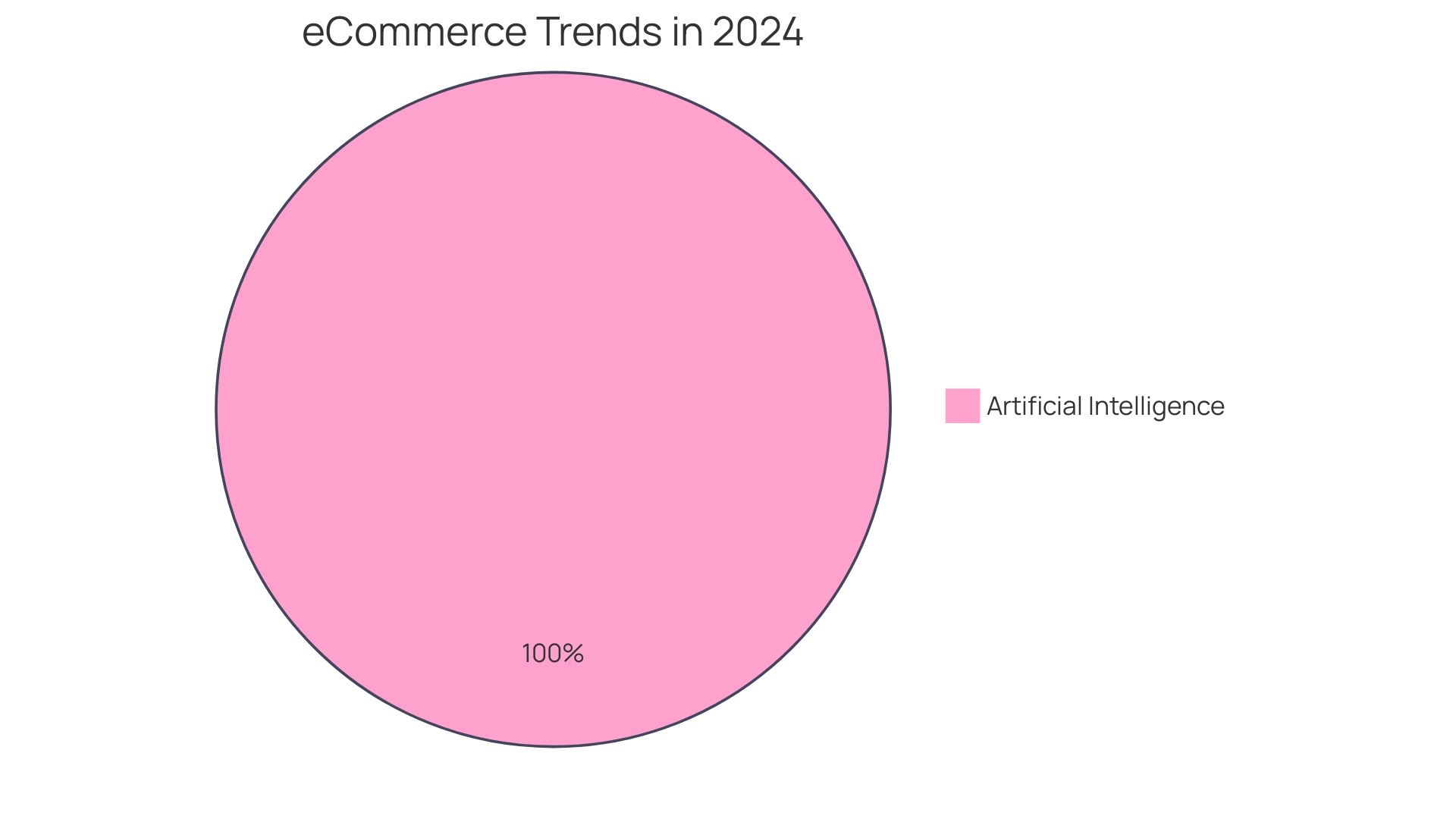
Types of Customization
Customization is a multifaceted concept that can be manifested in various ways, tailored to specific industries and user needs. The essence of customization lies in its ability to offer personalized experiences and products, which can be achieved through several approaches:
-
Collaborative Customization: This approach fosters a partnership between the provider and the customer, reminiscent of the Ford Foundation's initiative to enhance its digital engagement. By actively involving customers in the design process, they can co-create products or services, ensuring that the end result aligns perfectly with their individual requirements.
-
Adaptive Customization: Inspired by companies like Rivian, which strives for sustainability and efficiency in their electric vehicles, adaptive customization leverages algorithms and data analytics to modify products or services in real-time, aligning with the user's behavior and preferences.
-
Cosmetic Customization: Reflecting the shift seen in industries such as fashion, where British Airways recently updated its staff uniforms, cosmetic customization allows users to alter the visual elements of a product or service, enhancing the aesthetics without affecting functionality.
-
Transparent Customization: Similar to advancements in digital display technology used by Lucid Motors, transparent customization discreetly personalizes the user experience. By analyzing data and user patterns, the product or service self-adjusts in the background, requiring no direct action from the user.
The need for such customization options is underscored by a changing manufacturing market, where consumer demand for personalized products, competitive pricing, and efficient delivery is reshaping industry approaches. As highlighted in a comprehensive three-month study involving interviews and data collection from manufacturing stakeholders, these evolving preferences are driving companies to adopt digital technologies to stay relevant and competitive.
Indeed, as we navigate through an era where digital transformation is no longer a luxury but a necessity post-pandemic, businesses are investing more in AI, AR/VR, IoT, and other emerging technologies. The move towards self-service models, favored by over 67% of customers preferring independence over interacting with customer service representatives, further illustrates the significance of customization in enhancing customer satisfaction and operational efficiency.
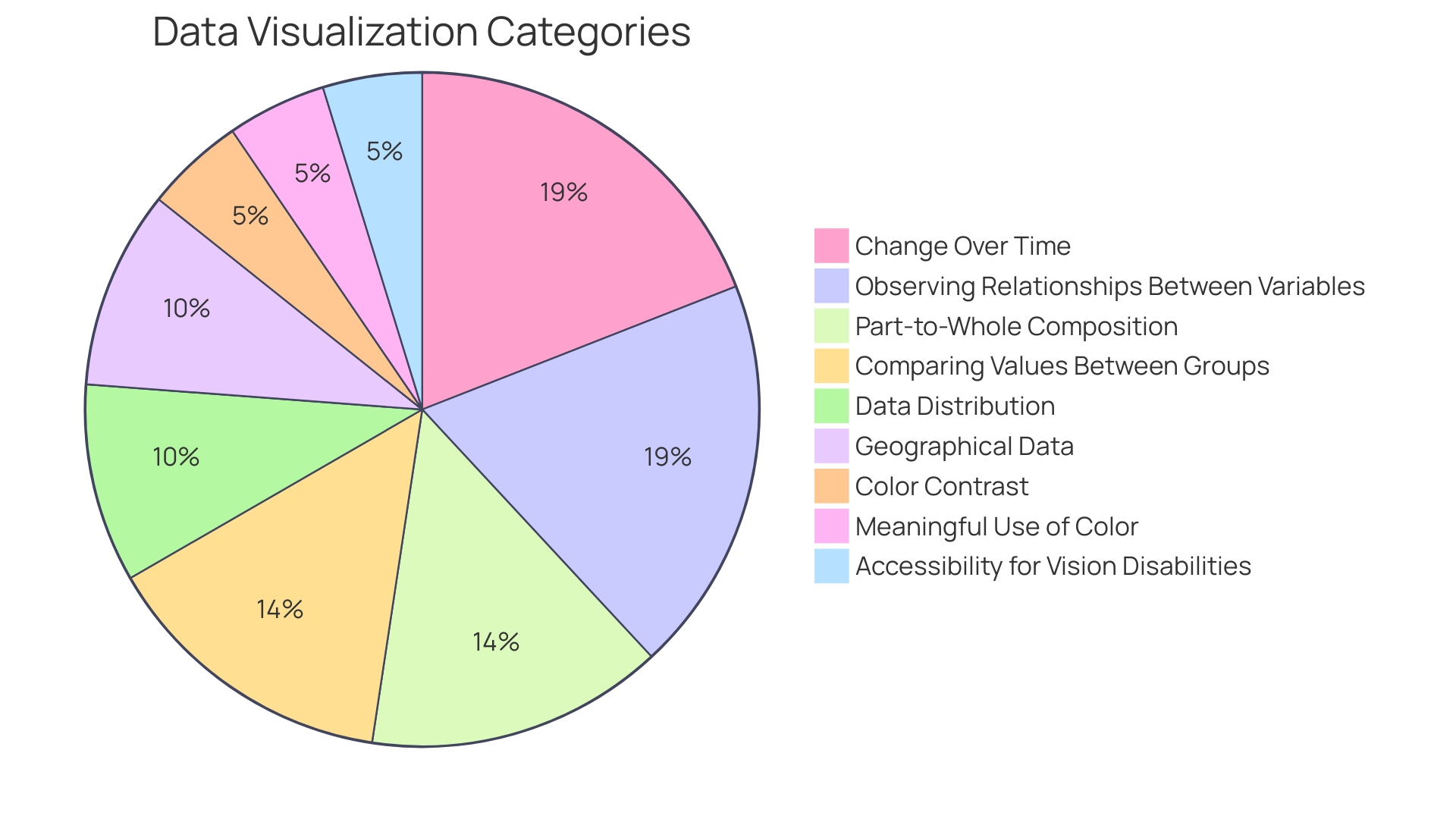
Benefits of Customization
Customization in e-commerce has transformed into a pivotal element that benefits both consumers and merchants. By integrating AI into the customer experience, businesses tap into the modern-day concept of personalization, meeting customers at their convenience and preferred channels. This advanced approach to personalization is reflected in the way businesses now cater to individual preferences, offering unique experiences that resonate with each customer.
For instance, in the hospitality industry, personalization extends beyond mere room decorations to encompass the entirety of the customer journey, from tailored service offerings to the management of guest data across all touchpoints.
A study led by Aydin Alptekinoglu, professor of operations and supply chain management, illustrates how mass customization in fashion can potentially delay the disposal of garments, addressing the fast fashion crisis. The research suggests that by catering to individual tastes on a large scale, the lifespan of clothing items may be extended, reducing their impact on the environment.
The benefits of customization are manifold:
- Customer Satisfaction: By aligning offerings with individual preferences, businesses see heightened satisfaction levels among their customers.
- Customer Loyalty: A personalized experience creates an emotional bond, fostering a sense of brand ownership that encourages loyalty and repeat business.
- Product Differentiation: Customization serves as a competitive edge, distinguishing a brand's products and services from those of competitors.
- Conversion Rates: A tailored experience is more likely to engage customers and convert leads, as personal relevance drives purchasing decisions.
These advantages are not only theoretical but are backed by data-driven insights, such as the five types of customer loyalty and how personal attitudes and behaviors influence brand allegiance. Furthermore, the success of personalization hinges on the ability of a business to create a customer-centric culture, ensuring that each interaction contributes to an exceptional customer experience. As we move forward, the fusion of technology and personalization in e-commerce continues to redefine the landscape, creating opportunities for businesses to connect with their customers in meaningful ways.
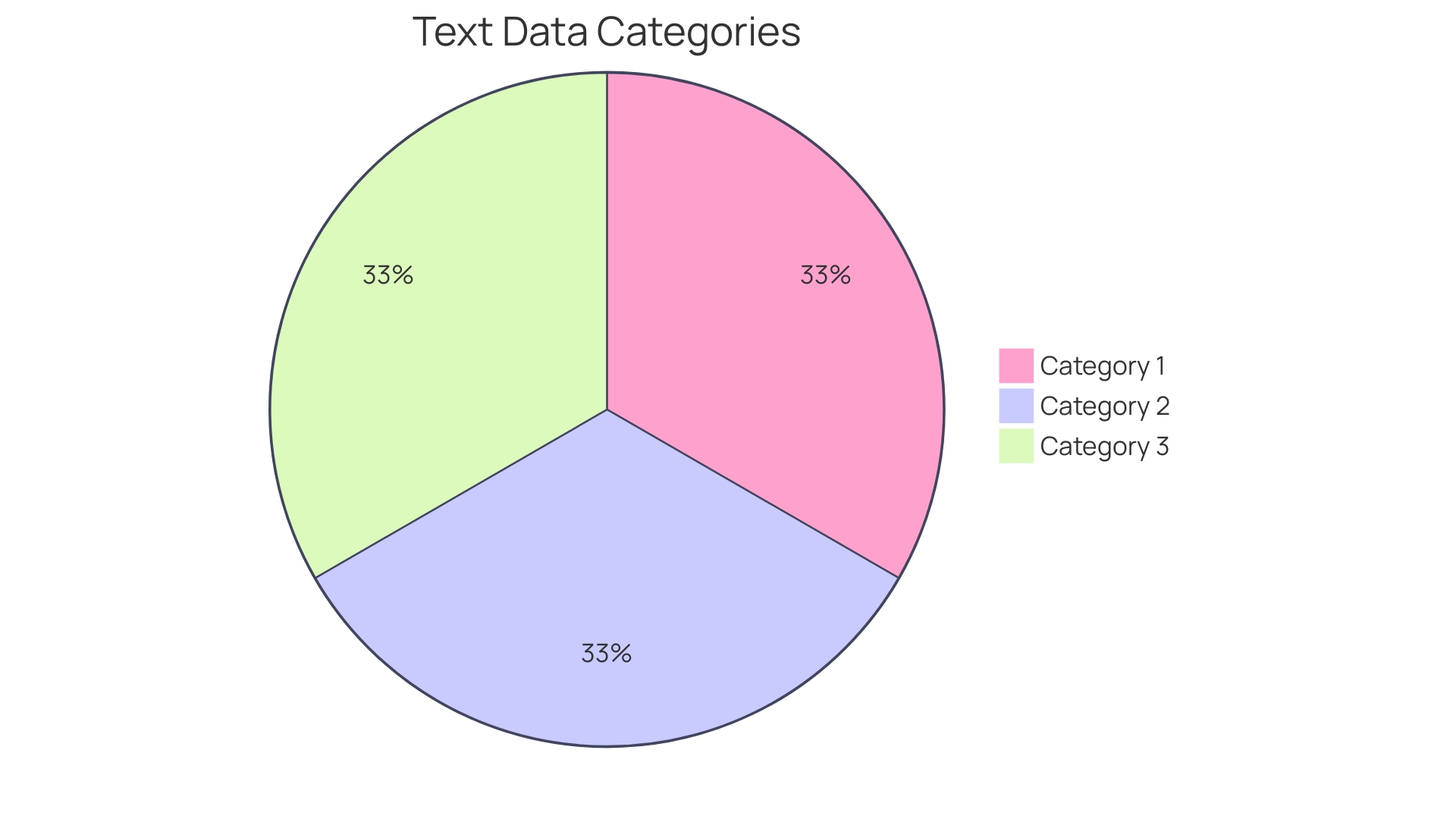
Challenges and Considerations in Customization
Offering customization can provide a competitive edge, but it's not without its complexities and costs. Tailoring products or services to individual preferences requires a significant overhaul of systems, processes, and sometimes even supply chains, which can be both expensive and intricate. This was evident in the case of the Ford Foundation, which recognized the need to evolve its website to keep pace with the increasing content demand, signifying a shift towards more agile and adaptable digital platforms.
Moreover, presenting customers with an abundance of choices can lead to decision fatigue, where the paradox of choice becomes a barrier rather than a benefit. It's a delicate act to balance personalization with the cognitive load on customers, ensuring choices are empowering, not paralyzing.
The equilibrium between flexibility and standardization is also critical. While customization can cater to individual tastes and extend the life cycle of products, as seen in the fashion industry's move towards mass customization, it can also cause inefficiencies and scale challenges if not managed correctly. Professors Aydin Alptekinoglu and Dan Guide's research highlights that mass customization in fashion might help reduce waste, pointing towards a strategic approach to customization that addresses both consumer desires and sustainability concerns.
Lastly, the use of customer data for tailoring experiences raises inevitable privacy and security questions. The rising number of security incidents underlines the importance of robust data protection measures. Businesses need to establish trust through secure data handling practices, as trust is essential yet fragile in the customer relationship equation.
Customization, therefore, should be approached with a strategic mindset, one that considers the long-term implications on operations, customer experience, and brand trust. By understanding and navigating these challenges, businesses can leverage customization to differentiate themselves and forge stronger connections with their customers.
Technologies Enabling Customization
Customization in e-commerce is revolutionized by innovative technologies enhancing the consumer shopping experience. Product configurators epitomize this transformation by offering real-time customization options, like color and size adjustments, providing a more engaging and tailored online shopping journey.
Artificial intelligence (AI) and machine learning (ML) are at the forefront of this evolution. They leverage consumer data to curate personalized recommendations, elevating the user experience to new heights. For instance, AI-driven platforms can predict customer preferences, leading to more accurate and appealing product suggestions.
CRM systems are the backbone of personalization efforts, meticulously analyzing customer data to enable more nuanced and individualized interactions. Their ability to harness vast amounts of consumer information translates into a deeper understanding of customer needs, driving loyalty and repeat business.
3D printing's impact on customization cannot be overstated. This technology breathes life into unique and intricate product designs, offering the possibility of bespoke creations. Ayame, a trailblazing custom-made shoe subscription service, utilizes Prusa 3D printers to craft shoe lasts from 3D foot scans, ensuring each pair of shoes fits perfectly.
As these technologies become increasingly integral to e-commerce, they redefine shopping by providing a uniquely personal touch that traditional retail simply cannot match. Retailers are prioritizing technologies like self-checkout and AI for a seamless and efficient shopping experience, as evidenced by the growing in-store technology deployment, up from 24% to 36%.
The synergy of AI and ML is not just a trend; it's a major force in e-commerce, shaping the industry with each innovation. Whether streamlining administrative tasks or enhancing customer interactions, these technologies offer unparalleled customization options, fostering a shopping environment where every consumer feels understood and valued.
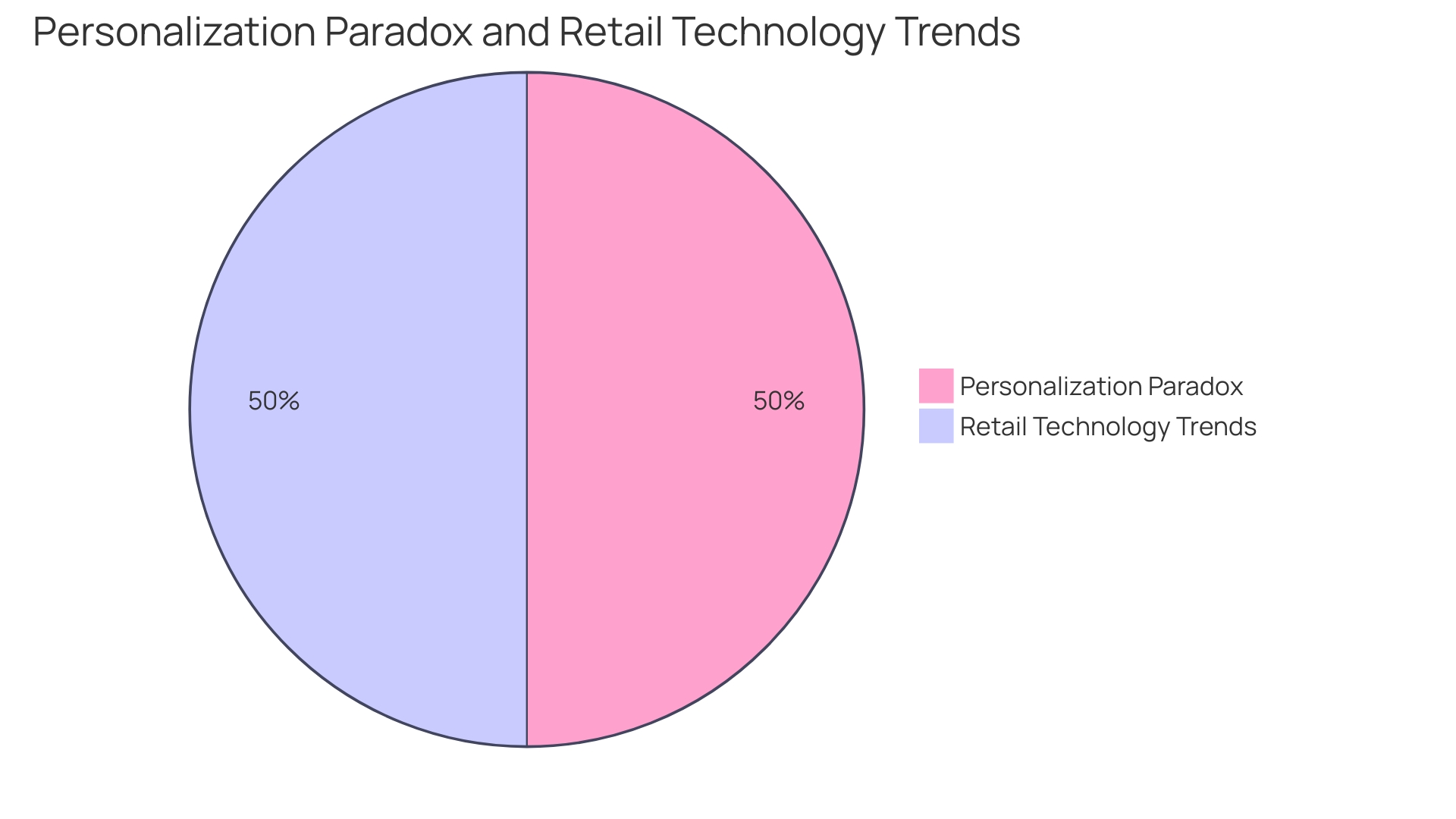
Examples of Customization in Various Industries
Customization has become an intrinsic part of various industries, delivering tailored experiences to consumers. In fashion and apparel, individuals can express their unique style by selecting fabrics, styles, and fit to craft one-of-a-kind clothing and accessories. This approach not only enhances consumer satisfaction but also reduces waste and extends the lifecycle of garments, as evidenced by research from Aydin Alptekinoglu and Dan Guide, suggesting that mass customization can mitigate the rapid disposal associated with fast fashion.
The automotive industry also thrives on customization, offering buyers the freedom to configure their vehicles with preferred features and aesthetics. Similarly, technology companies provide personalized device settings and software options that cater to individual usage patterns and preferences, creating a more intuitive user experience.
In the realm of food and beverage, restaurants offer customizable menus, empowering patrons to construct their own culinary creations. This personal touch extends to home decor as well, where customers can design furniture that aligns with their specific taste and spatial requirements, selecting from a variety of materials, sizes, and finishes. These examples underscore customization's role in not only elevating customer experience but also in crafting compelling brand narratives and fostering long-term loyalty.
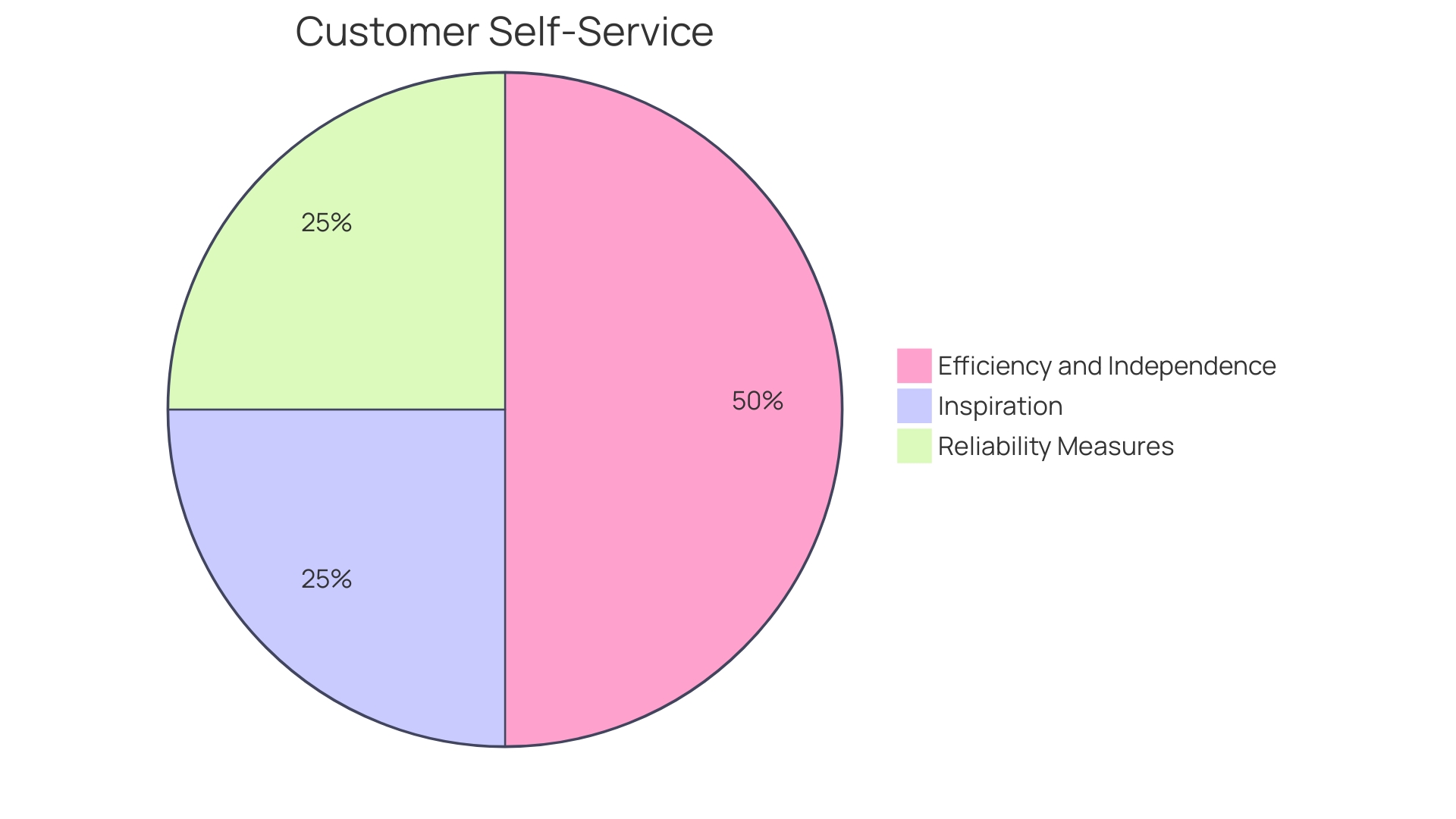
Best Practices for Implementing Customization
To effectively implement customization, it's crucial to deeply understand your customers' needs. This means delving into the preferences, pain points, and expectations of your target audience to shape a robust customization strategy. Take inspiration from Zara's use of artificial intelligence across their operations, which allows for real-time optimization and a highly responsive supply chain.
Moreover, ensure the options for customization strike the right balance between variety and simplicity, making it easy for customers to find value without feeling overwhelmed.
The customization interface must be intuitive, ensuring a seamless integration with your platform. Consider the checkout-free store in Dublin Airport, which employs Zippin technology for a frictionless shopping experience. Adopt similar innovations to enhance user experience and ensure that the process of personalization is a delight rather than a burden.
Continuous testing and monitoring are vital. Just as Zara continuously refines its AI applications, your customization features should be regularly evaluated for performance and customer satisfaction. Utilize advanced analytics to stay ahead of the curve, ensuring that you can swiftly make improvements where necessary.
Lastly, effectively communicate the value of customization. Highlight how it tailors the shopping experience to each individual, much like the personalized service of a favorite coffee shop. Emphasize the benefits of customization, from meeting specific needs to providing an enjoyable shopping journey, much like the unified retail experience that modern customers expect.
This communication should articulate how customization isn't just a feature, but a transformation of the shopping experience that caters to the unique preferences of each customer.
Conclusion
Customization has emerged as a beacon of individuality and customer-centric innovation, going beyond superficial changes to create products and services that precisely fit the unique demands of customers. It plays a pivotal role in exceeding expectations, promoting sustainability, and driving growth in various industries.
To effectively implement customization, businesses must deeply understand their customers' needs, strike a balance between variety and simplicity, continuously test and monitor customization features, and effectively communicate its value. Innovative technologies like AI, machine learning, and 3D printing enable businesses to offer unparalleled customization options, fostering a shopping environment where every consumer feels understood and valued.
However, offering customization comes with challenges. Decision fatigue, finding the right balance between flexibility and standardization, and addressing privacy and security concerns are important considerations. By navigating these challenges, businesses can leverage customization to drive sales, improve satisfaction, and forge stronger connections with their audience.
Customization benefits both consumers and merchants. It enhances satisfaction, fosters loyalty, differentiates products and services, and increases conversion rates. By integrating AI and machine learning, businesses can tap into personalization and meet customers at their convenience.
In conclusion, customization is a strategic tool for growth and differentiation. By deeply understanding customers, striking the right balance, continuously testing and monitoring, and effectively communicating its value, businesses can create a shopping environment that caters to individual needs and fosters long-term brand allegiance. The fusion of technology and personalization continues to redefine the landscape, providing businesses with opportunities to connect with their customers in meaningful ways.





